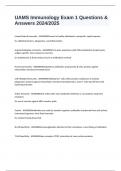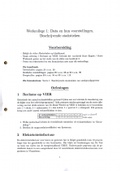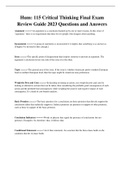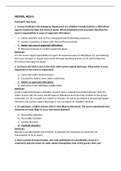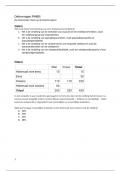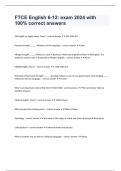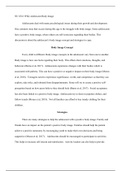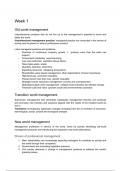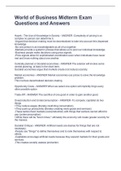Exam (elaborations)
UAMS Immunology Exam 1 Questions & Answers 2024/2025
- Module
- Institution
UAMS Immunology Exam 1 Questions & Answers 2024/2025 Innate/Natural Immunity - ANSWERSPresent in healthy individuals; nonspecific; rapid response Ex: epithelial barriers, phagocytes, and inflammation Acquired/Adaptive Immunity - ANSWERSFrom prior experience with AGN mediated by lymphocytes...
[Show more]
